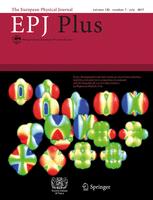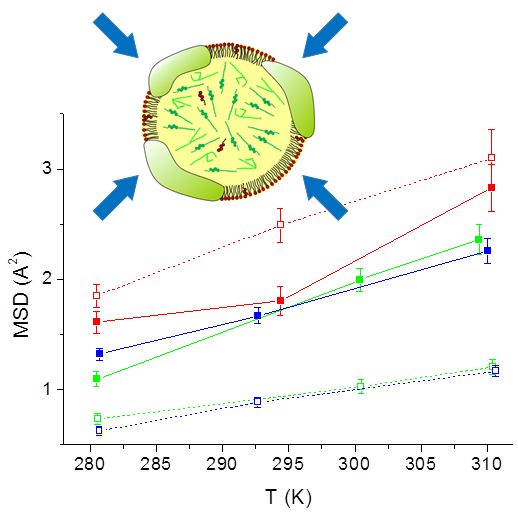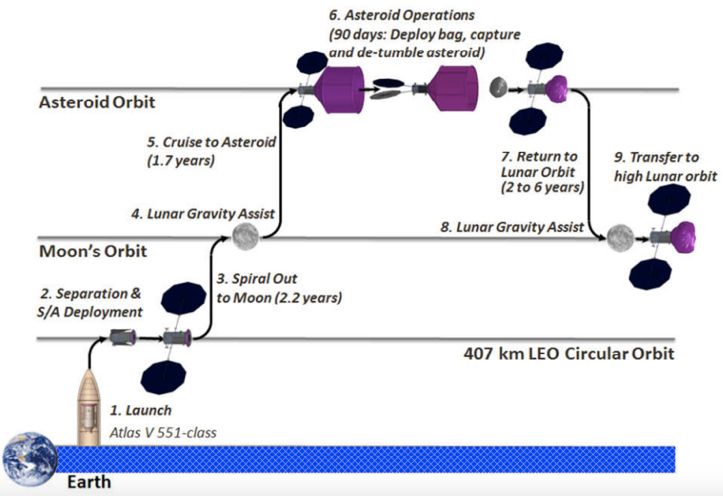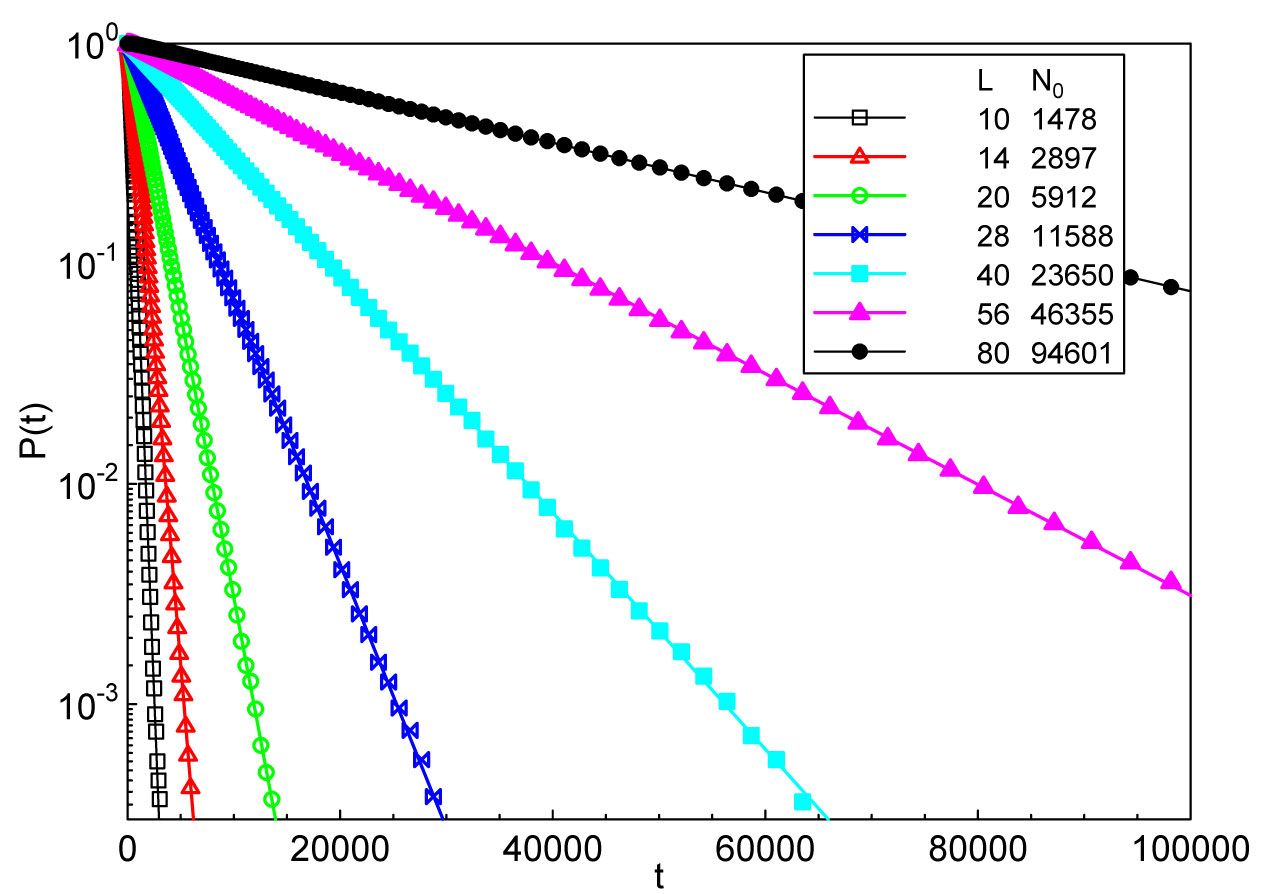News
EPJ Plus Focus Point - Nuclear data for energy
- Details
- Published on 08 August 2017

During the past decades, new nuclear systems have been designed with the goals of ensuring the sustainability of nuclear energy, minimizing long-lived radioactive waste and improving the safety of nuclear reactors. This has led to the request for new or more precise nuclear data, either because reactions on isotopes neglected before have become important, or because new types of reactions have to be described. Nuclear data are in fact all the quantities necessary to describe the nuclear reactions occurring in a system.
In Europe, an important effort has been devoted to the collection of high quality nuclear data, and partially supported by the EURATOM framework programs: in particular ANDES (Accurate Nuclear Data for nuclear Energy Sustainability) and CHANDA (solving CHAllenges in Nuclear Data) in FP7. This EPJ Plus Focus Point issue presents part of the work performed during these programs.
All articles are freely accessible until 30 September 2017. For further information read the Editorial
EPJ TI news - CERN sponsoring APCs for methods articles in EPJ Techniques and Instrumentation
- Details
- Published on 07 August 2017

Earlier this year, CERN expanded its open access mandate to the researchers it funds to include methods articles. As a result, CERN will sponsor article-processing charges for CERN-funded researchers’ methods articles in EPJ Techniques and Instrumentation.
This is a cross-publication with the SpringerOpen blog.
This past March, CERN decided that the researchers it funds should publish their methods articles via open access, and also decided to provide sponsorship funds to cover the article-processing charges for this new policy. Building on the SCOAP3 program where CERN results were published open access, they’ve selected a handful of journals where they will sponsor the article-processing charges, including EPJ Techniques and Instrumentation.
EPJ Data Science Video – A new method for giving voting advice: How researchers can turn voter “Hmm’s” into HMMs
- Details
- Published on 07 August 2017
Indecision is quickly becoming a thing of the past. Whether it’s content, cuisine, or companionship we crave, technology seems to know just what to serve up. But what about life’s bigger decisions? The ones that probably should give us pause? A recent study suggests that there might soon be an app for those too, namely for voting.
EPJ E Highlight - Like a game of 'spot the difference' for disease-prone versus healthy people
- Details
- Published on 25 July 2017

The change in behaviour of natural nanoparticles, called lipoproteins, under pressure could provide new insights to better understand the genesis of high cholesterol and atherosclerosis
Understanding common diseases sometimes boils down to grasping some of their basic mechanisms. For instance, a specific kind of natural nanoparticles, called low-density lipoproteins (LDL), are fascinating scientists because their modification plays a key role in people affected by high cholesterol. They are also known for their role in the formation of atherosclerosis. Judith Peters from the University Grenoble Alpes and the Institute Laue Langevin, Grenoble, France and colleagues from the Medical University of Graz, Austria, mimicked variations of LDL found in people affected by such diseases. They then compared their responses to temperature variations and increased pressure with those of lipoproteins found in healthy people. Their findings, recently published in EPJ E, show that the LDL from healthy people behaved differently when subjected to high pressure compared to LDL affected by the common diseases studied.
New Editor-in-Chief for EPJD – Prof Tommaso Calarco
- Details
- Published on 25 July 2017

The publishers of European Physical Journal D: Atomic, Molecular, Optical and Plasma Physics are delighted to announce the appointment of a new Editor-in-Chief, Professor Tommaso Calarco of the University of Ulm, Germany.
As Director of the Institute for Complex Quantum Systems and of the Centre for Integrated Quantum Science and Technology at Ulm, Prof Calarco’s research interests cover a broad range of topics in quantum and atom optics, quantum control and quantum information, and he is a member of the High-Level Steering Committee for the Quantum Flagship of the EC.
Prof Calarco has recently joined the Editorial Board for EPJD, and will take on the Editor-in-Chief role from January 2018, succeeding Prof Vladimir Buzek, who comes to the end of his five-year term.
EPJ Plus Highlight - Astronauts to bring asteroid back into lunar orbit
- Details
- Published on 24 July 2017

Italian Space Agency presents plans to develop a robotic solar-powered spacecraft capable of displacing a near-Earth asteroid towards lunar orbit for ease of study
Future space exploration aims to fly further from Earth than ever before. Now, Italian Space Agency scientists have expressed an interest in contributing to the development of robotic technologies to bring an asteroid from beyond lunar orbit back into closer reach in order to better study it. In a paper published in EPJ Plus, Marco Tantardini and Enrico Flamini from the Italian Space Agency (ASI) make the case for taking part in the robotic phase of the Asteroid Redirect Mission (ARM). In addition to taking manned spaceflights deeper into space than ever before, the proposed mission would also bring some benefit for planetary science.
EPJ Data Science Highlight - Estimating unemployment rates from Twitter user routines
- Details
- Published on 12 July 2017

The buzz of busy commuters, as well as the lack of it, leave behind digital footprints that are rich in information about all aspects of people's lives. In EPJ Data Science, Eszter Bokányi and team analyze 63 million tweets originating all over the US for a period of 10 months, and find links between unemployment rates and and the users' Twitter activity.
EPJ Data Science Highlight - Social media trending: real or manufactured?
- Details
- Published on 11 July 2017

The era of "fake news" is upon us. Navigating social media is a constant exercise of judgement, but data science can be a helpful to distinguish real from fabricated trending topics. In EPJ Data Science, Emilio Ferrara and team set out to determine from very early on whether information is being organically or artificially disseminated on social media.
EPJ B Highlight - Between extinction and survival of endangered populations
- Details
- Published on 11 July 2017

Lifetime simulation of biological populations reveals dramatic population fluctuations before extinction
Populations of endangered species reach a critical point in their life where they either survive or evolve towards extinction. Therefore, efforts to predict and even prevent the extinction of biological species require a thorough understanding of the underlying mechanisms. In a new study published in EPJ B, Hatem Barghathi and colleagues from Missouri University of Science and Technology, USA, have investigated how environmental disturbance at random times could cause strong fluctuations in the number of individuals in biological populations. This, in turn, makes extinction easier, even for large populations. They found that environmental disorder can lead to a period of slow population increase interrupted by sudden population collapses. These findings also have implications for solving the opposite problem when attempting to predict, control and eradicate population of viruses in epidemics.
EPJ Data Science Highlight - Are your tweets feeling well? Opinion and emotion in tweets change when you get sick
- Details
- Published on 02 July 2017

Can we tell if a person is physically ill by the way they tweet? On a recently published article in the journal EPJ Data Science, researchers at the Pacific Northwest National Laboratory uncover links between the health of users and the emotional tone of their social media output.
Guest post by by Svitlana Volkova, originally published on SpringerOpen blog
Any doctor or nurse knows good public health begins with prevention. Whether it’s a severe strain of the flu or mental illness, identifying the need for help early can save lives. Social media could be the game-changing solution public health workers have been looking for. Whereas traditional data from clinics may take weeks to collect, social media streams in real time. In other words, public health workers could monitor social media like a heartbeat, and take action before people visit a doctor.




